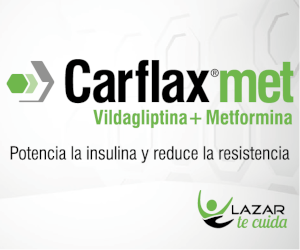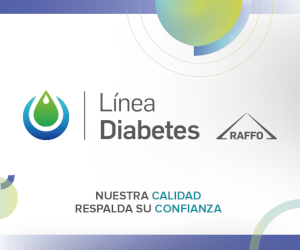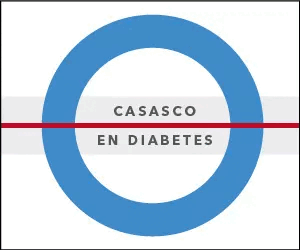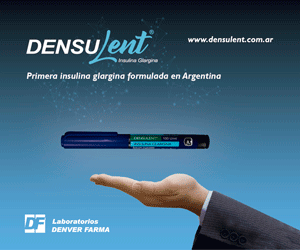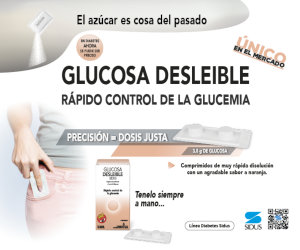Symposium 10: Muscle
DOI:
https://doi.org/10.47196/diab.v54i3Sup.350Keywords:
insulin resistance, diabetesAbstract
Symposium 10: Insulin resistance: from pathophysiology to treatment
Muscle
The main action of the insulin in the muscle is that of promoting the entrance of glucose to the myocyte through the glucose transporter type 4 (GLUT-4) and its storage as an energy reserve in the form of glycogen. This energy will be consumed, in its majority, by the own muscle. The glucose that enters the muscle follows two paths: glycogen synthesis and the generation of energy through the glycolysis. Insulin regulates the glycogen synthesis through the action on both anabolic (glycogen synthetase) and catabolic (glycogen phosphorylase) pathways.
References
-1- Petersen MC, Shulman GI. Mechanisms of insulin action and insulin resistance.
Physiol Rev 2018; 98:2133-2223.
-2- Etiopatogenia de la diabetes tipo 2 (parte 2) Costa Gil J.E.
-3- Aguiar de Matos M, et al. Exercise reduces cellular stress related to skeletal muscle
insulin resistance. Cell Stress and Chaperones 2014;19:263-270.
-4- Worton RW, et al. Defining anabolic resistance: implications for delivery of clinical care
nutrition. Curr Opin Crit Care 2018 Apr;24(2):124-130.
Downloads
Published
How to Cite
Issue
Section
License

This work is licensed under a Creative Commons Attribution-NonCommercial-NoDerivatives 4.0 International License.
Dirección Nacional de Derecho de Autor, Exp. N° 5.333.129. Instituto Nacional de la Propiedad Industrial, Marca «Revista de la Sociedad Argentina de Diabetes - Asociación Civil» N° de concesión 2.605.405 y N° de disposición 1.404/13.
La Revista de la SAD está licenciada bajo Licencia Creative Commons Atribución – No Comercial – Sin Obra Derivada 4.0 Internacional.
Por otra parte, la Revista SAD permite que los autores mantengan los derechos de autor sin restricciones.













